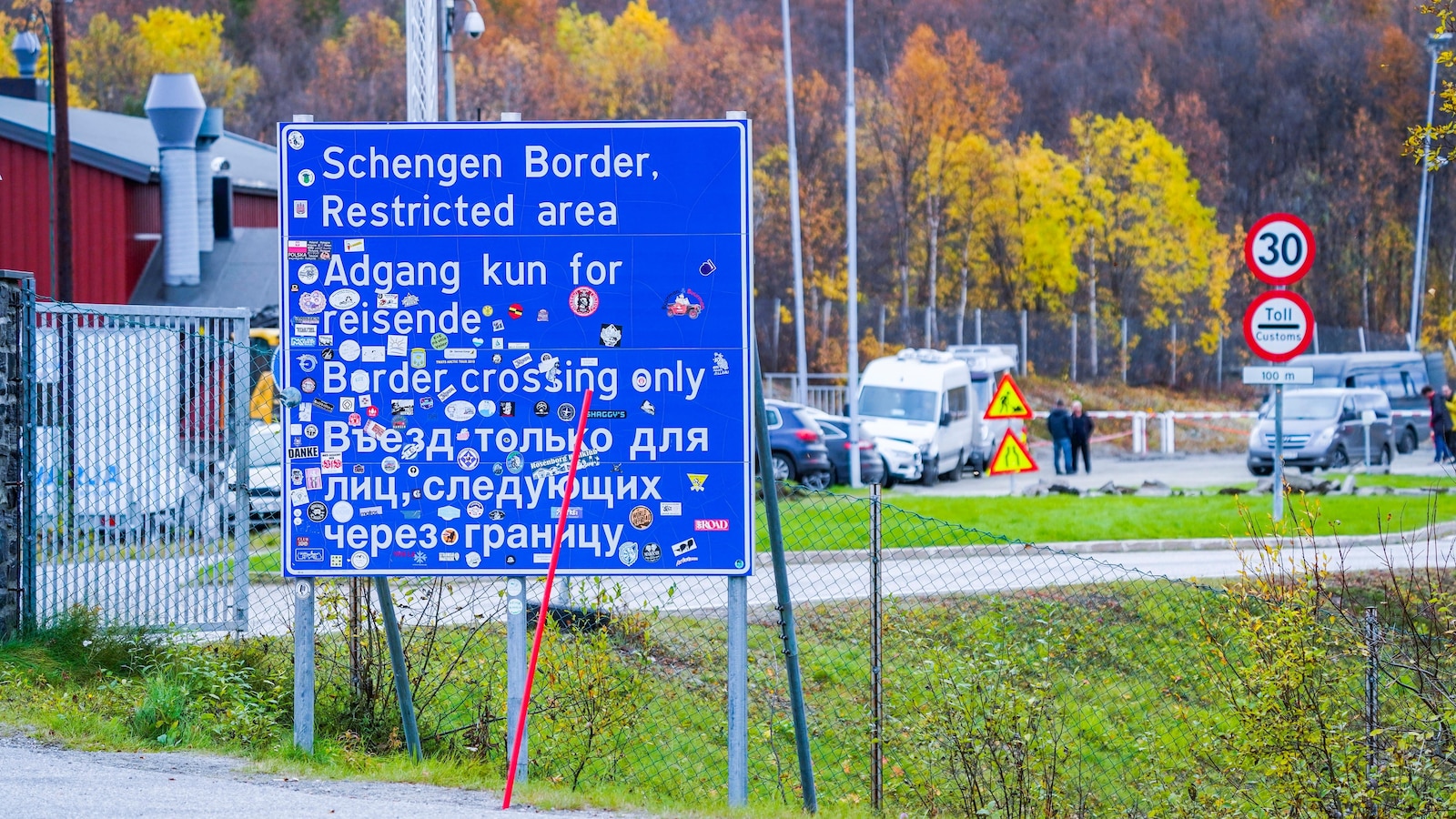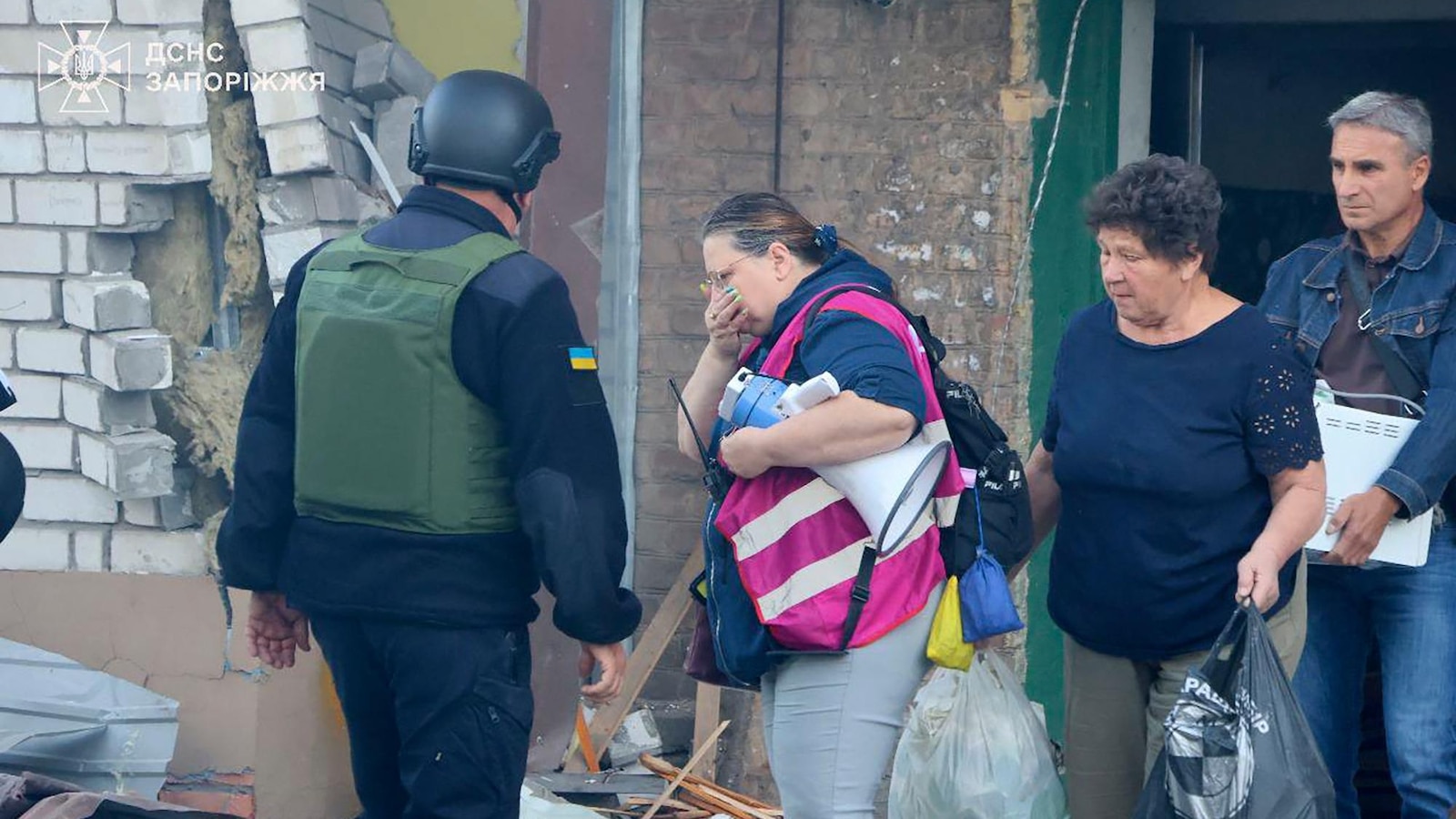
HELSINKI — Norway may put a fence along part or all of the 198-kilometer (123-mile) border it shares with Russia, a minister said, a move inspired by a similar project in its Nordic neighbor Finland.
“A border fence is very interesting, not only because it can act as a deterrent but also because it contains sensors and technology that allow you to detect if people are moving close to the border,” Justice Minister Emilie Enger Mehl said in an interview with the Norwegian public broadcaster NRK published late Saturday.
She said the Norwegian government is currently looking at “several measures” to beef up security on the border with Russia in the Arctic north, such as fencing, increasing the number of border staff or stepping up monitoring.
The Storskog border station, which has witnessed only a handful of illegal border crossing attempts in the past few years, is the only official crossing point into Norway from Russia.
Should the security situation in the delicate Arctic area worsen, the Norwegian government is ready to close the border on short notice, said Enger Mehl, who visited neighboring Finland this summer to learn about how the entire 1,340-kilometer (830-mile) Finnish-Russian land border was closed.
The Finnish government was prompted to close all crossing points from Russia to Finland in late 2023 after more than 1,300 third-country migrants without proper documentation or visas — an unusually high number — entered the country in three months, just months after the nation became a member of NATO.
To prevent Moscow using migrants in what the Finnish government calls Russia’s “hybrid warfare,” Helsinki is currently building fences with a total length of up to 200 kilometers (124 miles) in separate sections along the border zone that makes up part of NATO’s northern flank and serves as the European Union’s external border.
Finnish border officials say fences equipped with top-notch surveillance equipment — to be located mostly around crossing points — are needed to better monitor and control any migrants attempting to cross over from Russia and give officials time to react.
Inspired by Finland’s project, Enger Mehl said that such a fence could also be a good idea for Norway. According to NRK, her statement was supported by police chief Ellen Katrine Hætta in Norway’s northern Finnmark county.
“It’s a measure that may become relevant on all or part of the border” between Norway and Russia, Enger Mehl said.
The Storskog border station is currently surrounded by a 200-meter (660-foot) -long and 3.5-meter (12-foot) -high fence erected in 2016 after some 5,000 migrants and asylum-seekers had crossed over from Russia to Norway a year earlier.
Norway, a nation of 5.6 million, is a NATO member but isn’t part of the European Union. However, it belongs to the EU’s Schengen area, whose participants have abolished border controls at their mutual borders, guaranteeing free movement of citizens.
Norway is currently considering the possibility of building a border fence with Russia, taking inspiration from its neighbor Finland. The idea comes as a response to growing concerns about security and immigration issues in the region.
Finland recently completed the construction of a 1,340-kilometer-long fence along its border with Russia, in an effort to prevent illegal crossings and enhance border security. The fence, which is made of steel and barbed wire, has been hailed as a success in reducing the number of illegal border crossings and improving overall security in the region.
Norway, which shares a 196-kilometer-long border with Russia, is now looking to follow in Finland’s footsteps by considering the construction of a similar border fence. The Norwegian government has cited concerns about illegal immigration, smuggling, and potential security threats as reasons for exploring the possibility of building a fence along its border with Russia.
While the idea of a border fence may seem controversial to some, proponents argue that it is necessary to protect national security and ensure the safety of citizens. The fence would serve as a physical barrier to prevent unauthorized crossings and deter criminal activities along the border.
Opponents, on the other hand, argue that a border fence could strain diplomatic relations with Russia and create tensions between the two countries. They also raise concerns about the environmental impact of building a fence in the region, as well as the potential cost of construction and maintenance.
Despite the debate surrounding the issue, the Norwegian government is moving forward with plans to conduct a feasibility study on the construction of a border fence. The study will assess the potential benefits and drawbacks of building a fence along the border with Russia, taking into consideration factors such as security, cost, and environmental impact.
In conclusion, Norway’s consideration of building a border fence with Russia, inspired by Finland’s example, highlights the complex challenges faced by countries in managing their borders and ensuring national security. While the idea of a border fence may be controversial, it is important for governments to carefully weigh the pros and cons before making a decision that could have far-reaching implications for both security and international relations.


